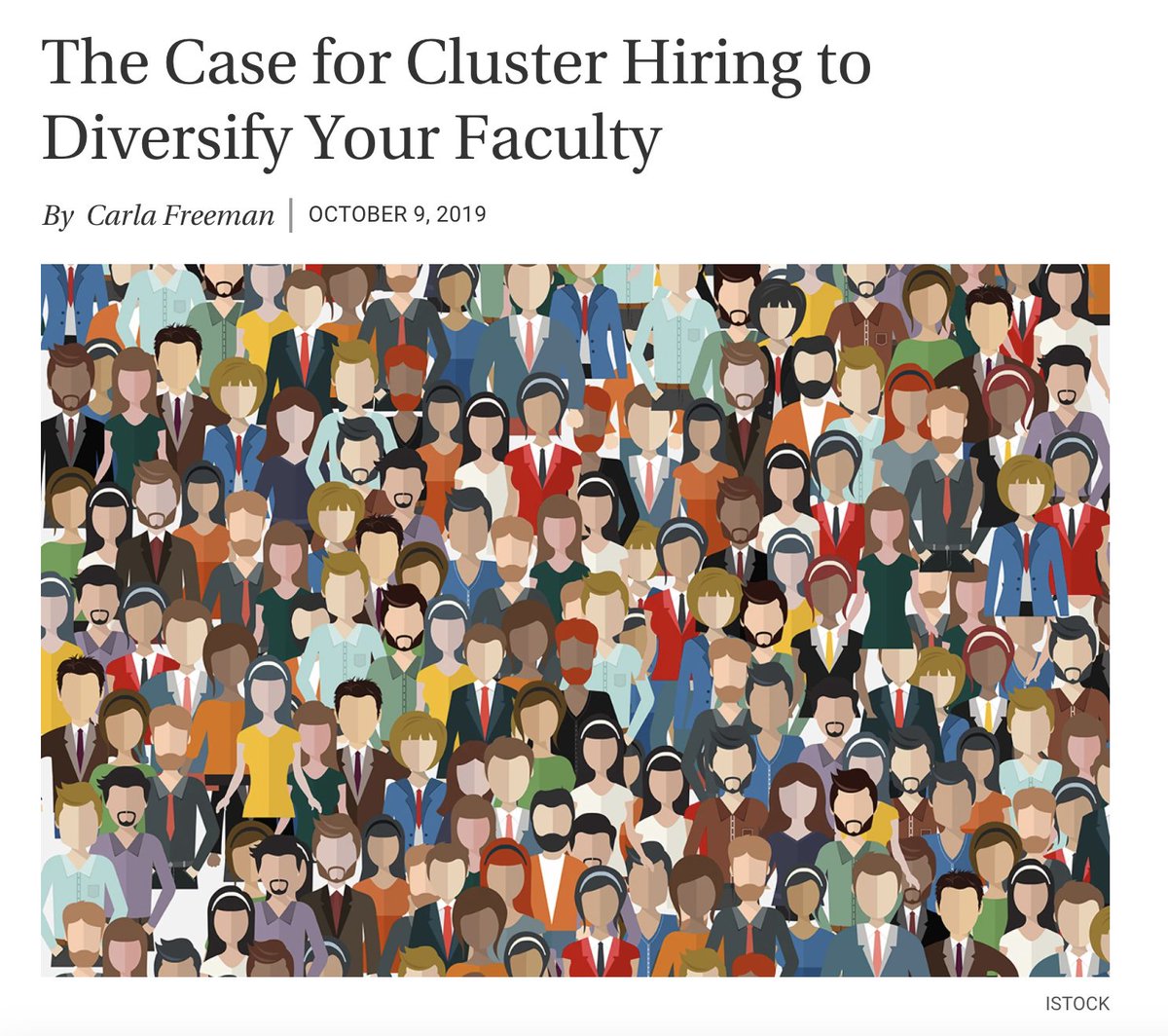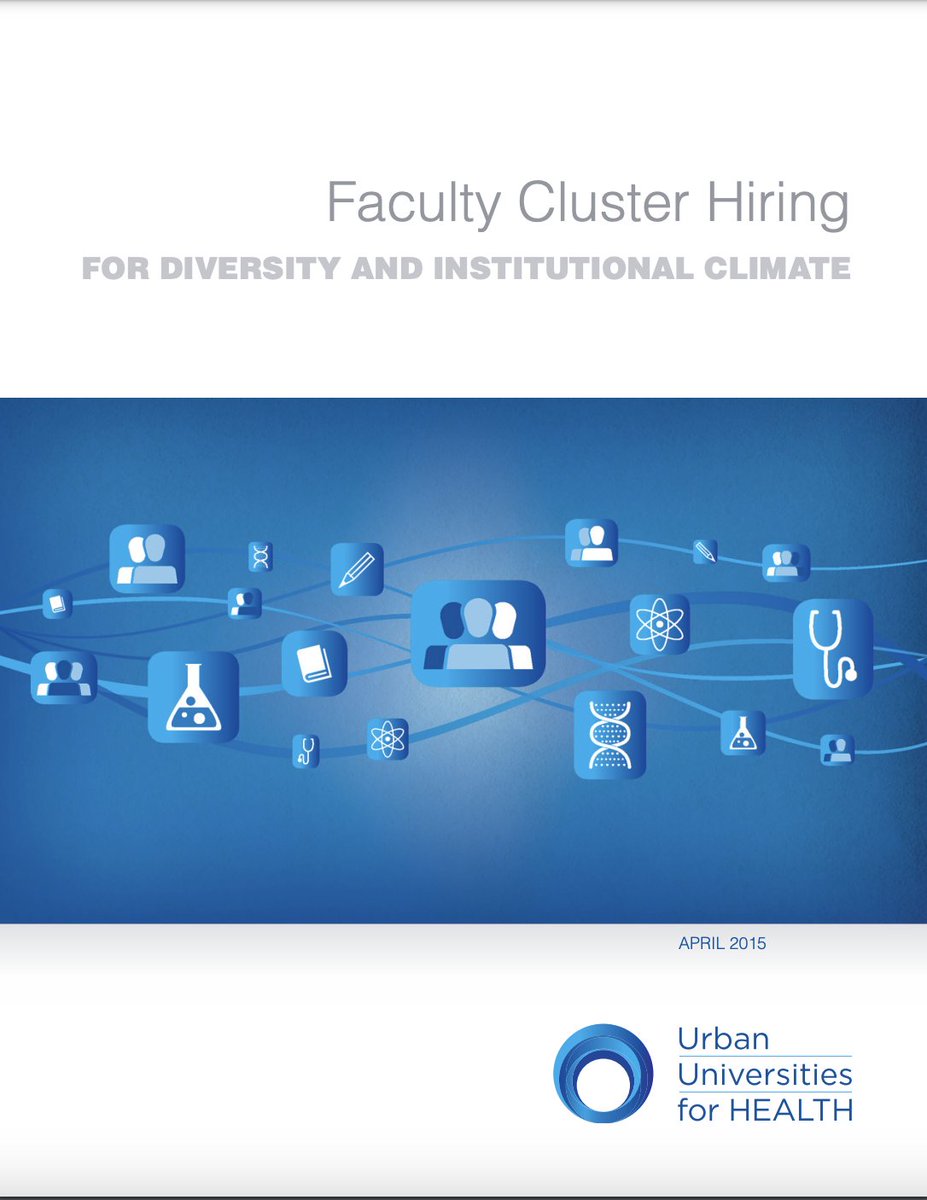Colleges often reward job applicants for their “contributions to DEI.” Records I acquired show exactly how that worked for many departments at Ohio State.
For example, "Dr. [redacted] also identifies as 'a first generation, fat, queer scholar of color.'"
A quick thread.
For example, "Dr. [redacted] also identifies as 'a first generation, fat, queer scholar of color.'"
A quick thread.

These are official recruitment reports—submitted to the college’s dean.
Some departments didn’t play along w/ the requirement. A few bemoaned the dearth of conservatives.
But many others highlighted boutique identity categories and rewarded the embrace of identity politics.



Some departments didn’t play along w/ the requirement. A few bemoaned the dearth of conservatives.
But many others highlighted boutique identity categories and rewarded the embrace of identity politics.



One committee emphasized how important it was that the new hire shared the core value of social justice.
It then praises a candidate for calling for “painful conversations" that "address privilege, systemic inequality, microaggressions, and white fragility."
It then praises a candidate for calling for “painful conversations" that "address privilege, systemic inequality, microaggressions, and white fragility."

For a search in Physics, the committee notes that one candidate’s “awareness of some of the challenges facing URGs in higher education is partly informed through his marriage to an immigrant in Texas in the Age of Trump.” 

Another was lauded for tackling "DEI issues" that included "representation of refugees, gender issues, news framing of white supremacy and the alt-right movement, and the MeToo movement.”
These DEI credentials were "an important factor" in the decision to offer an interview.


These DEI credentials were "an important factor" in the decision to offer an interview.


Much of this suggests viewpoint discrimination, if not racial discrimination. It's amazing what they put down on paper. It seems like administrators applied ample pressure.
Read the full documents at @NASorg. We'll be posting more tomorrow.
nas.org/blogs/article/…
Read the full documents at @NASorg. We'll be posting more tomorrow.
nas.org/blogs/article/…
And read my full piece on the documents in @WSJopinion.
Inside Ohio State’s DEI Factory
I obtained 800 pages of ‘Diversity Faculty Recruitment Reports.’ Here’s what I found.
wsj.com/articles/insid…
Inside Ohio State’s DEI Factory
I obtained 800 pages of ‘Diversity Faculty Recruitment Reports.’ Here’s what I found.
wsj.com/articles/insid…
• • •
Missing some Tweet in this thread? You can try to
force a refresh

 Read on Twitter
Read on Twitter


























